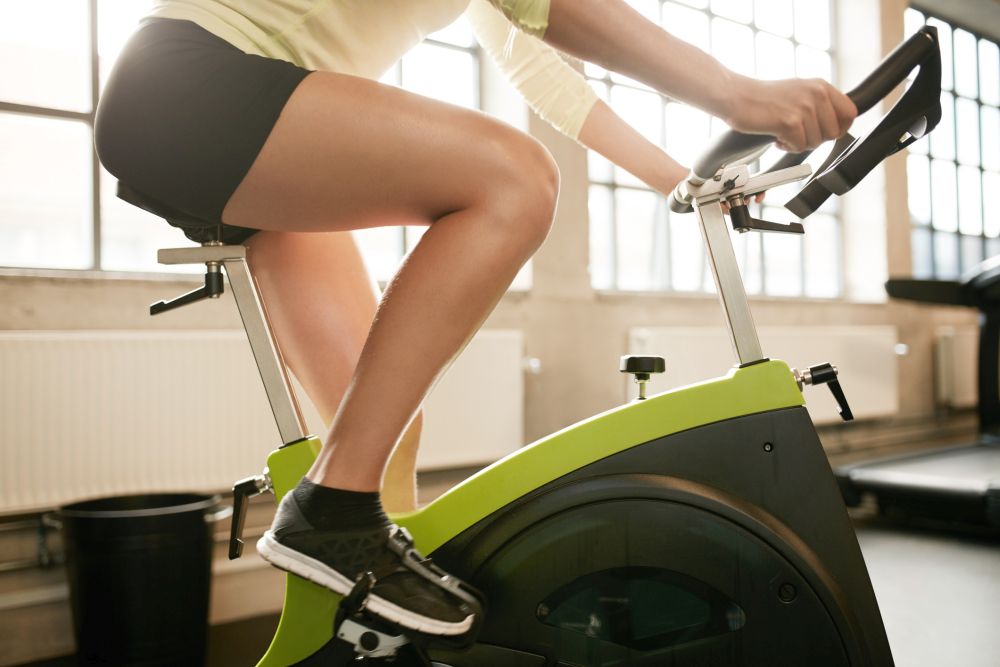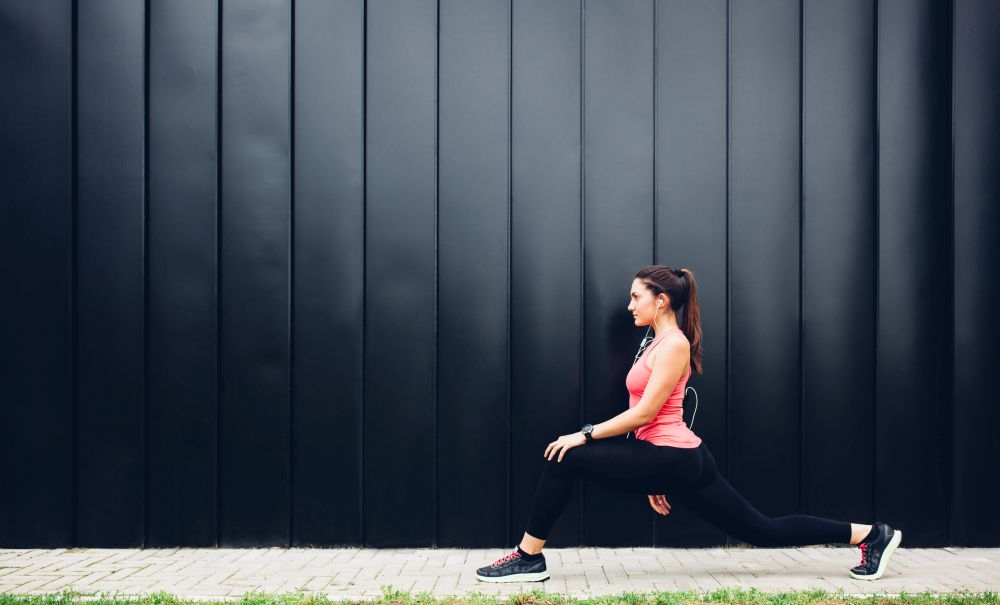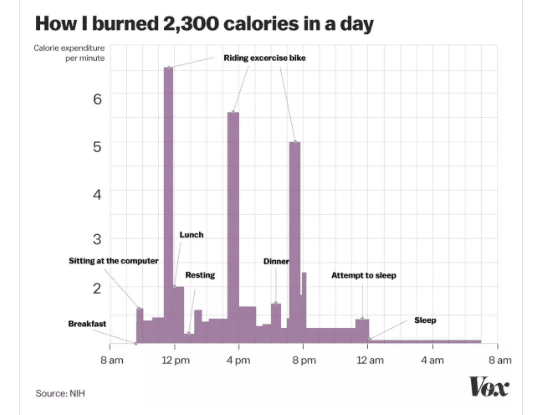Metabolism myths busted: what daily caloric burn actually looks like
Surprisingly, exercise only accounts for 10-30 percent of daily caloric burn


Julia Belluz spent a day inside a metabolic chamber and reported on it for Vox. The study took place in a metabolic chamber in Washington, D.C. which was reportedly furnished with an exercise bike, a toilet, and a bed.
There, she participated in an in-depth analysis of her metabolism and caloric burn. She learned that the metabolism is, “the thousands of chemical reactions that turn the energy we eat and drink into fuel in every cell of the body. These reactions change in response to our environments and behaviors, and in ways we have little control over.” She wrote that this realization was contradictory to her, and many people’s notion of metabolism, “you might think your metabolism is a single thing that can be calibrated with metabolism boosters like chili peppers or coffee, or by following special diets.”

Several of Belluz’s findings are important to consider for runners. She writes that there are three main ways the body uses calories, “There’s the energy needed to keep our hearts, brains, and every cell of our body working, known as the basal metabolism. There’s the energy used to break down food, known as the thermic effect of food. And there’s the energy burned off during physical activity — like walking around, fidgeting, or exercising.”
RELATED: Are you at risk for RED-S?
Belluz reports that basal metabolic rate accounts for the largest amount of calories burned per day, roughly 65 to 80 percent. Physical activity only accounts for 10 to 30 percent of calorie burn for most people. Digesting food accounts for roughly 10 percent.
When assessing your caloric needs, especially during a marathon build for example, it’s important to consider factors outside of exercise. Considering that the basal metabolism accounts for roughly two-thirds of overall metabolic burn, add a 30 kilometre long run to that, and you’ve burned a lot of calories in a day.

Trent Stellingwerffis a physiologist and the Director of Performance Solutions at the Canadian Sport Institute Pacific. Stellingwerff says that for most healthy people, 10-30 percent is an accurate range of calorie burn from physical activity. He adds that there can be an exception made when considering people who suffer from eating disorders or RED-S (relative energy deficiency in sport). “As they exercise and exercise and exercise, and since they are so petite already, they have lowered BMR (basal metabolic rate) and total caloric expenditures. Because of that, exercise is an even greater percentage of their total caloric burn.”
Stellingwerff also adds that over a long period of time, exercise that increases high quality muscle mass, or in the situation of aging, prevents loss of high quality muscle mass, can have profound effects on basal metabolic rate. “It is important to recognize that muscle mass accounts for roughly 50 percent of BMR, and BMR is the major overall driver (as the article states) for total daily caloric expenditure.” Therefore, higher quality muscle mass, leads to higher basal metabolic rate, leads to higher overall calorie burn.
While most people won’t have the luxury of being monitored by some of America’s lead scientists, Belluz’s findings shed some light on how the metabolism works, and what daily caloric burn really looks like.


